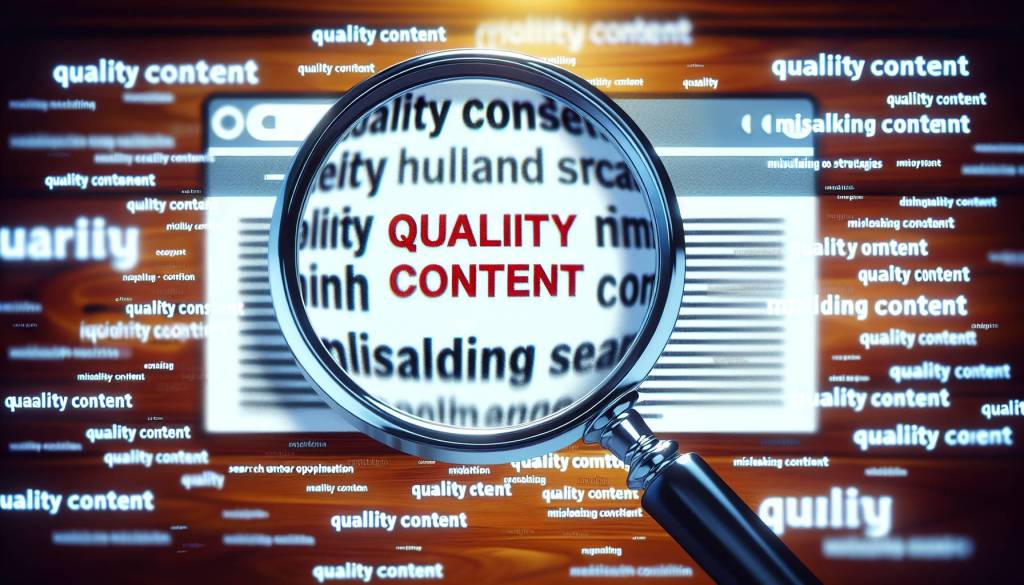In this digital landscape, it is crucial to gain an edge over competitors, especially in the field of SEO. A strategy that comes in handy is competitor entity analysis. This technique uncovers content opportunities and paves the way for topic authority. Your understanding of Google’s knowledge graph and its entity relationships is paramount in optimizing your content effectively.
Understanding your competitors in your niche is essential. You need to know who consistently ranks on top for your target keywords. Your following step is to dive into their content topics, format, frequency, and promotional methods.
Incorporating a competitive gap analysis can help identify potential opportunities your competitors might be missing out on. This includes utilizing keywords and phrases they have not targeted. Incorporating these into your content can give you a significant advantage.
SEO’s ultimate goal is to provide value to users. Hence your content should resonate with your target audience and deliver the information they are seeking in a comprehensive, engaging, and easily digestible manner.
Daily monitoring of your progress is vital, keep tracks of your SEO metrics, and keep an eye on the SERPs for changes. Adjust your content and optimization strategies as needed.
Enhancing SEO through competitor entity analysis
Competitive entity analysis is an ongoing task that needs regular updates and revisions for the achievement and sustainability of desired results.
This analysis doesn’t mean straightforwardly imitating existing content. It involves identifying strategic gaps that can be filled to establish topic authority. Competitor analysis includes monitoring their content strategy, keyword usage, and backlink profiles. This provides insights into techniques that work in the industry, allowing for the formulation of unique strategies that outperform the competition.
Regularly conducting a competitor analysis aids in the development of a dynamic content strategy. Hence, it’s crucial to keep an eye on the evolving trends and tactics of your competitors to identify new growth opportunities.
Google and other search engines carry out entity recognition. This means they analyze how entities in your content are connected, ensuring the site providing the most relevant information is accurately matched with searches.
Through skilful and strategic use of entities, you can give your content a competitive edge in search engine results. The critical point is to strike a balance, so, while entities are key to SEO success, their over-usage, or irrelevant usage can potentially cause confusion for the search engines’ interpretation.
With this entity focus, figuring out a user’s actual intention has become easier. Google identifies related entities when a user searches for something, broadening the possible pages that can rank for a search. Entities pave the way for diversity in content, motivating creators to delve into different facets of a topic, providing a more comprehensive look at the subject matter.
Entity analysis boosts the optimization of internal linking, aligning it with how search engines understand entities. This method enables search engines to fully grasp the depth of the information provided, contributing to a well-connected knowledge network.
Ultimately, by optimizing internal linking through entity analysis, a web page becomes more searchable and possibly more authoritative in the eyes of search engines. This results in improved online visibility, organic traffic growth, and ultimately, digital success).













